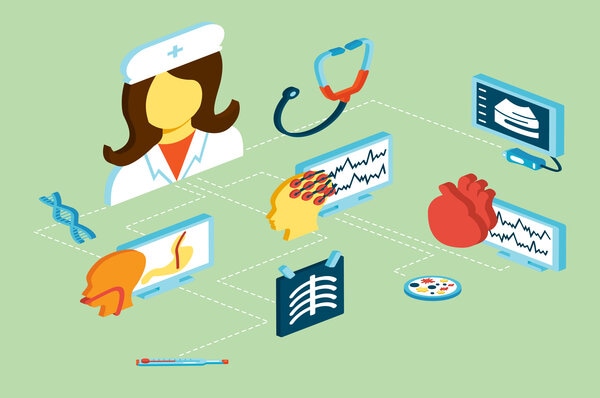
why integration is no longer optional and how it’s transforming the healthcare ecosystem.
In today’s healthcare landscape, data is everywhere — in electronic health records (EHRs), diagnostic systems, wearables, mobile apps, insurance platforms, and even remote patient monitoring devices. But without seamless communication between these systems, the full value of that data is lost.
That’s where healthcare integration services step in — not just as a support function but as the backbone of true interoperability.
Most healthcare organizations use dozens of digital tools and platforms — many of them from different vendors and built on different technologies. These systems often operate in silos:
This fragmentation leads to delays, data duplication, increased costs, and most critically, compromised patient care.
Healthcare integration services are a set of solutions (typically software, APIs, middleware, and integration engines) that enable different systems to communicate and share data efficiently. They act as translators, mediators, and routers — ensuring the right data reaches the right system, in the right format, at the right time.
These services are often built using standards like:
Interoperability isn’t just about connecting systems. It’s about enabling them to work together in real time to improve outcomes. Integration services make this possible in five key ways:
By connecting disparate systems — EHRs, LIS, RIS, CRM, billing platforms, and more — integration creates a unified view of patient data across the care continuum.
→ Result: Faster diagnosis, reduced duplicate tests, and improved clinical decisions.
Modern integration engines allow streaming data to flow between applications in real time. This is vital for:
Value-based care depends on collaboration between providers, payers, and patients. Integration services ensure smooth information flow between stakeholders — from claims data to patient-reported outcomes.
→ Result: Better care coordination and population health management.
Integration platforms offer built-in controls for HIPAA, GDPR, and other healthcare regulations. They enable audit trails, encryption, access management, and more.
→ Result: Reduced compliance risk and enhanced data governance.
Want to launch a patient-facing app? Use AI for clinical decision support? Connect IoT-enabled devices to your EHR?
All these innovations rely on robust integration services to plug into existing workflows.
→ Result: Faster time-to-market and scalable digital transformation.
Not all integration providers are created equal. Here’s what to look for:
Healthcare integration services aren’t just middleware — they’re the invisible force driving smarter, safer, and more connected care.
As the healthcare industry continues to digitize and decentralize, the demand for seamless, real-time, and secure data exchange will only grow. Investing in strong integration today is the key to building the interoperable healthcare of tomorrow.
© 2024 Crivva - Business Promotion. All rights reserved.